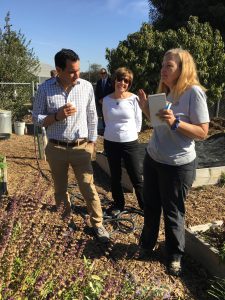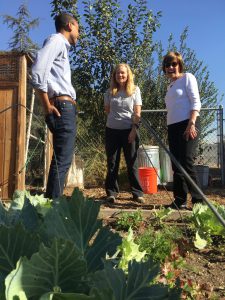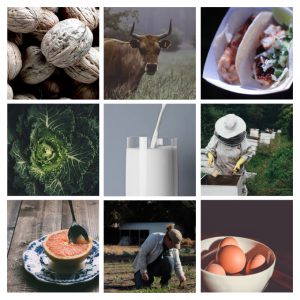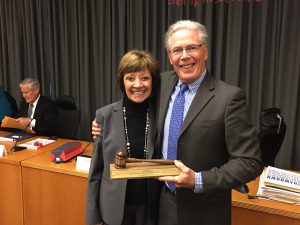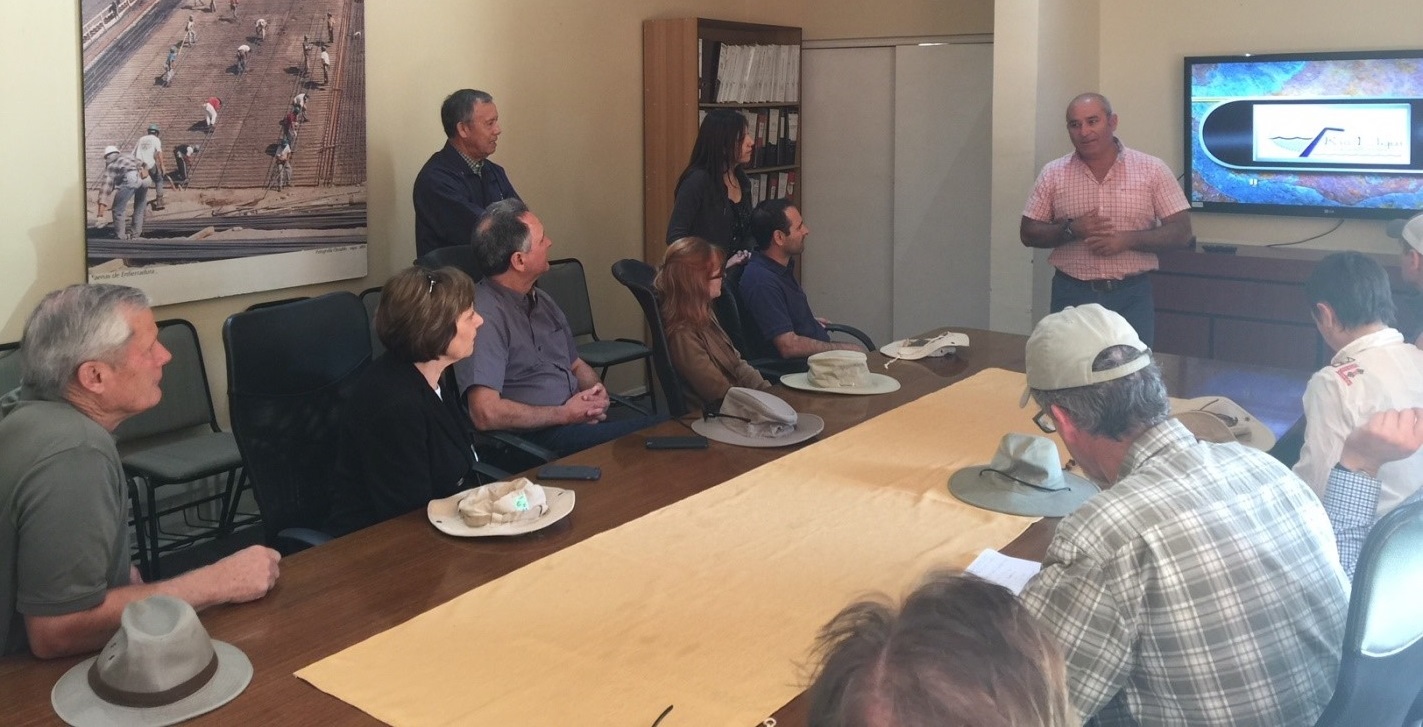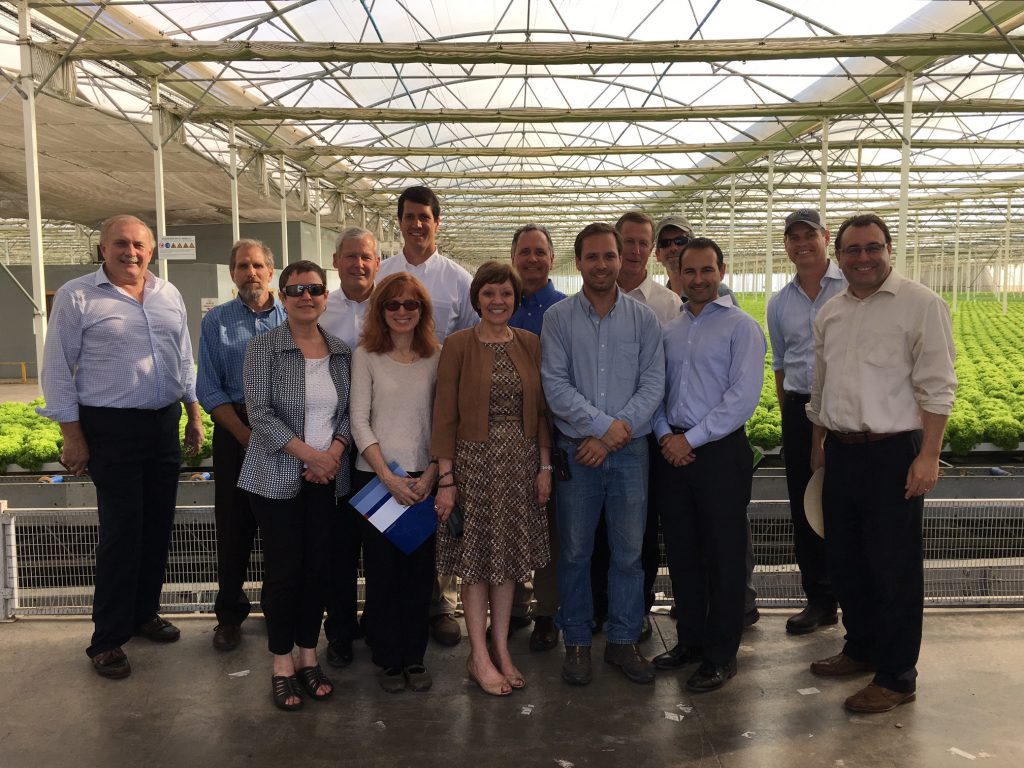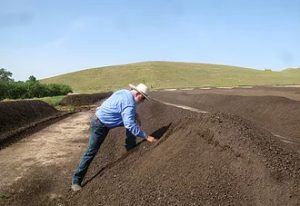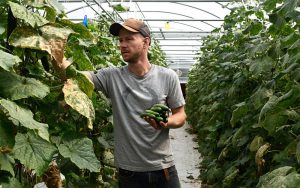
Delegation members Jeff Creque of the Carbon Cycle Institute and Paul Robins of the Monterey County Resource Conservation District check out some Chilean soil.
Irrigation efficiency, water conservation and water management are three terms that resonated over and over as we visited specialty crop farms and talked to water managers during our ongoing visit to Chile. These are important issues that Chile and California share, given that both counties have recently experienced historic droughts with significantly reduced snowpacks and greater reliance on groundwater.
We visited an avocado grower who pumps water approximately 1,600 feet up steep slopes with electrical water pumps for a highly efficient drip irrigation system. With little rain in the San Felipe region (north of Santiago), using efficient irrigation technologies like those incentivized in CDFA’s SWEEP program are critical to ensuring agricultural food production in this region.

Secretary Ross with Chilean avocado grower Gonzalo Bulnes.
Providing growers with access to an adequate water supply is a priority shared south of Santiago, as well. A water management agency in the Cachapoal River-area supplies approximately 100,000 acres of agricultural land with water and is investing in cloud seeding to stimulate additional precipitation. The government of Chile is also participating in this project and is assisting this agency and others in an effort to maintain water deliveries not only to agriculture, but to other sectors such as mining and urban areas.

The delegation visited Escuela Agricola El Carmen De San Fernando, a high school providing irrigation instruction among other courses.
Irrigation efficiency and water management are supported through innovative education pathways in Chile. We visited a high school that focuses on teaching its students about irrigation and public/private partnerships. They get hands-on experience with renewable energy use and water pump improvements. Understanding these technologies and providing growers with human resources and expertise to operate efficient irrigation systems is critical to future food production.
We also saw that if a grower selects the right plant variety, greater on-farm water efficiency can be achieved. A company we visited called SubSole has planted newer varieties that produce double the yield with half the water use. The company produces specialty crops like table grapes, avocados, kiwis, cherries and pomegranates and has invested heavily in sustainability and food safety programs to provide a high level of environmental and social responsibility certifications to buyers and consumers. SubSole uses very little nitrogen fertilizer for its table grapes because it has built organic (carbon) content in soil through the addition of compost and mulching; management practices that will soon be incentivized in CDFA’s Healthy Soils Program.
Many specialty crops farms in Chile are supported by agronomic experts from the Instituto de Investigaciones Agropecuarias (INIA). INIA is a government supported organization whose work is similar to the University of California, Agriculture and Natural Resources, Cooperative Extension Services. These extension services are critical to ensuring growers have the right expertise as they invest in efficient irrigation systems and technologies to combat climate change events. What we have learned so far is that Chile is very similar to California and it is working hard to adapt to a changing climate through investment in specific technologies, education and outreach activities.
Secretary Ross is in Chile this week for an exchange on climate change adaptation. Joining her in the delegation are representatives from the agricultural, academic and policy sectors.
